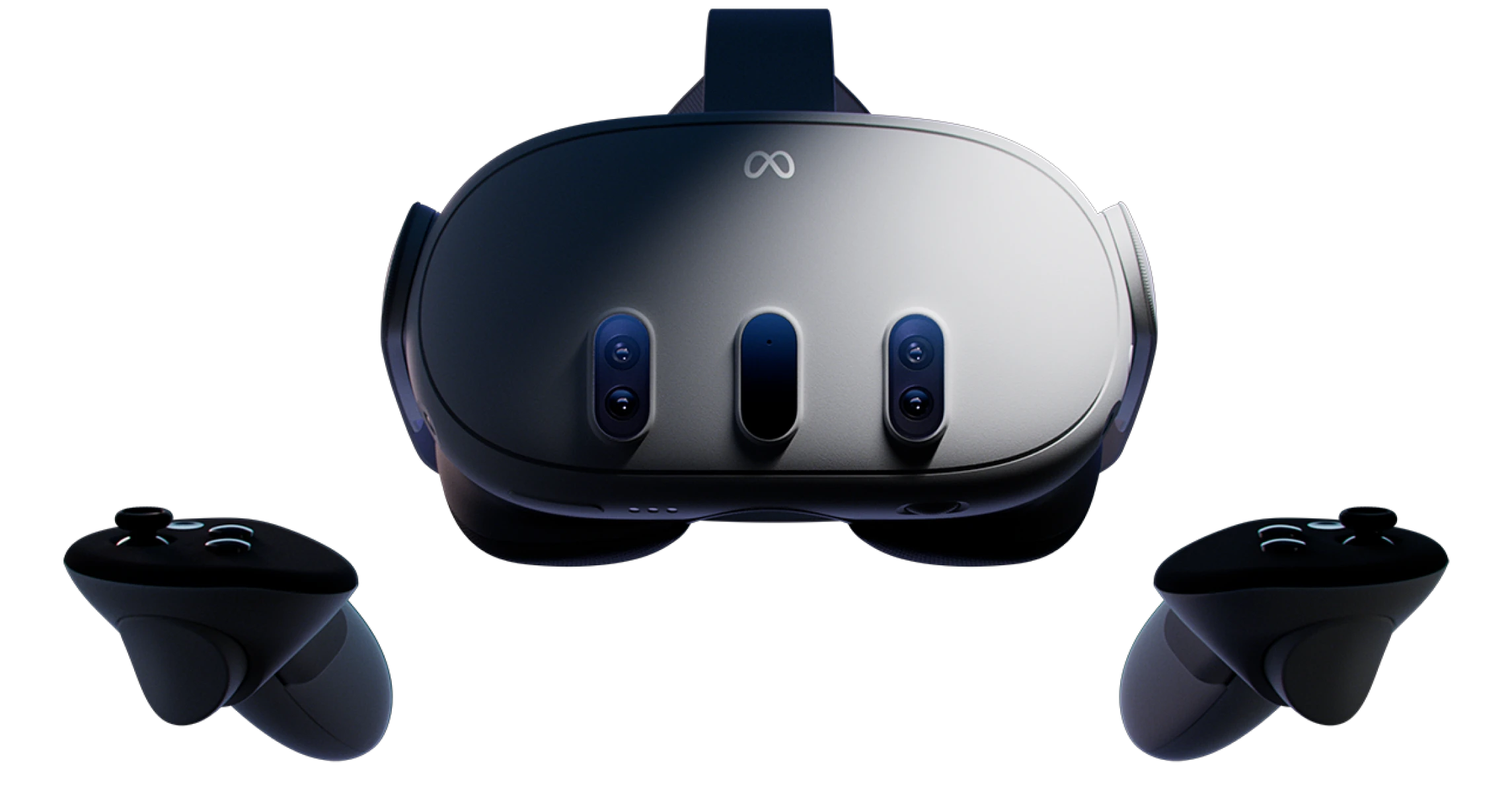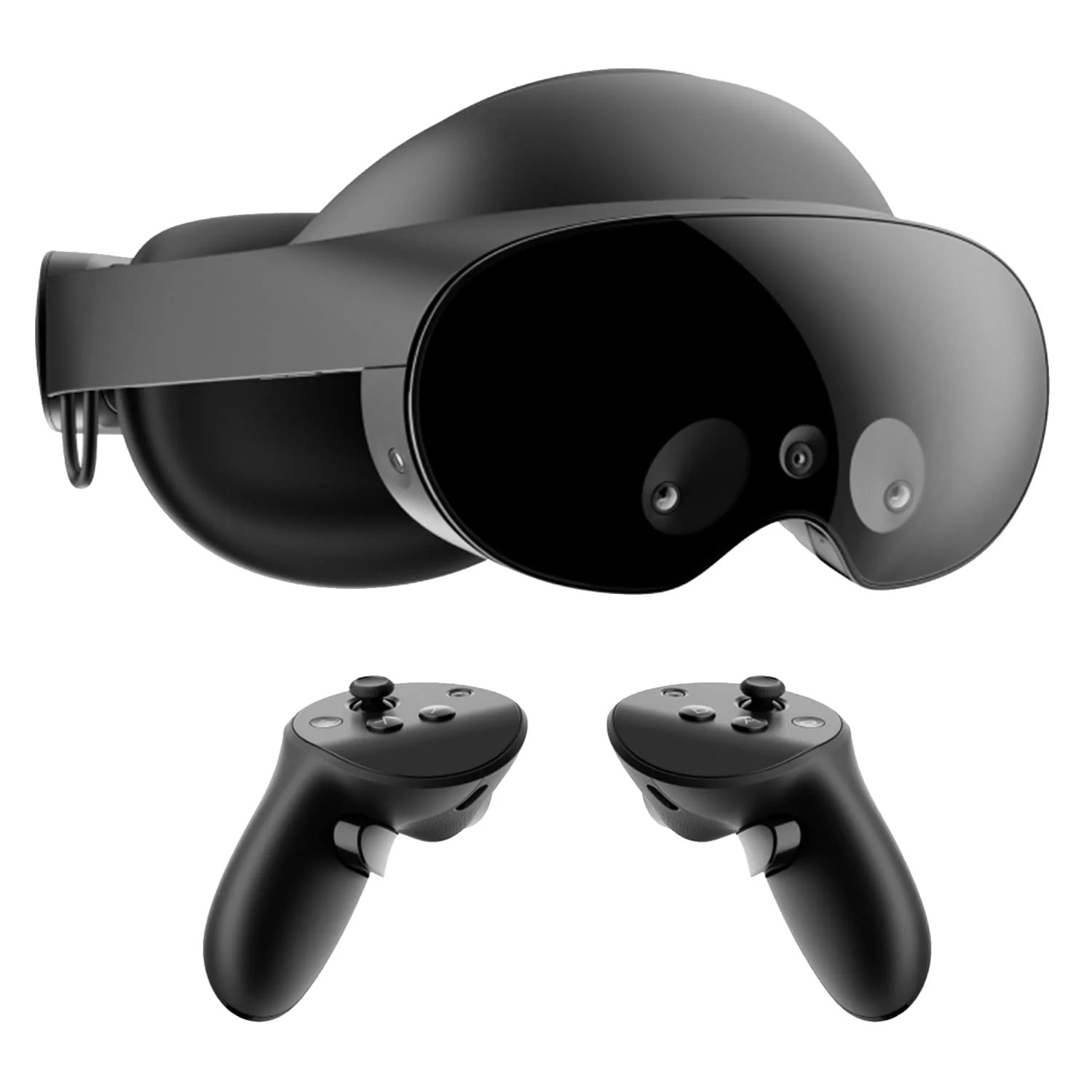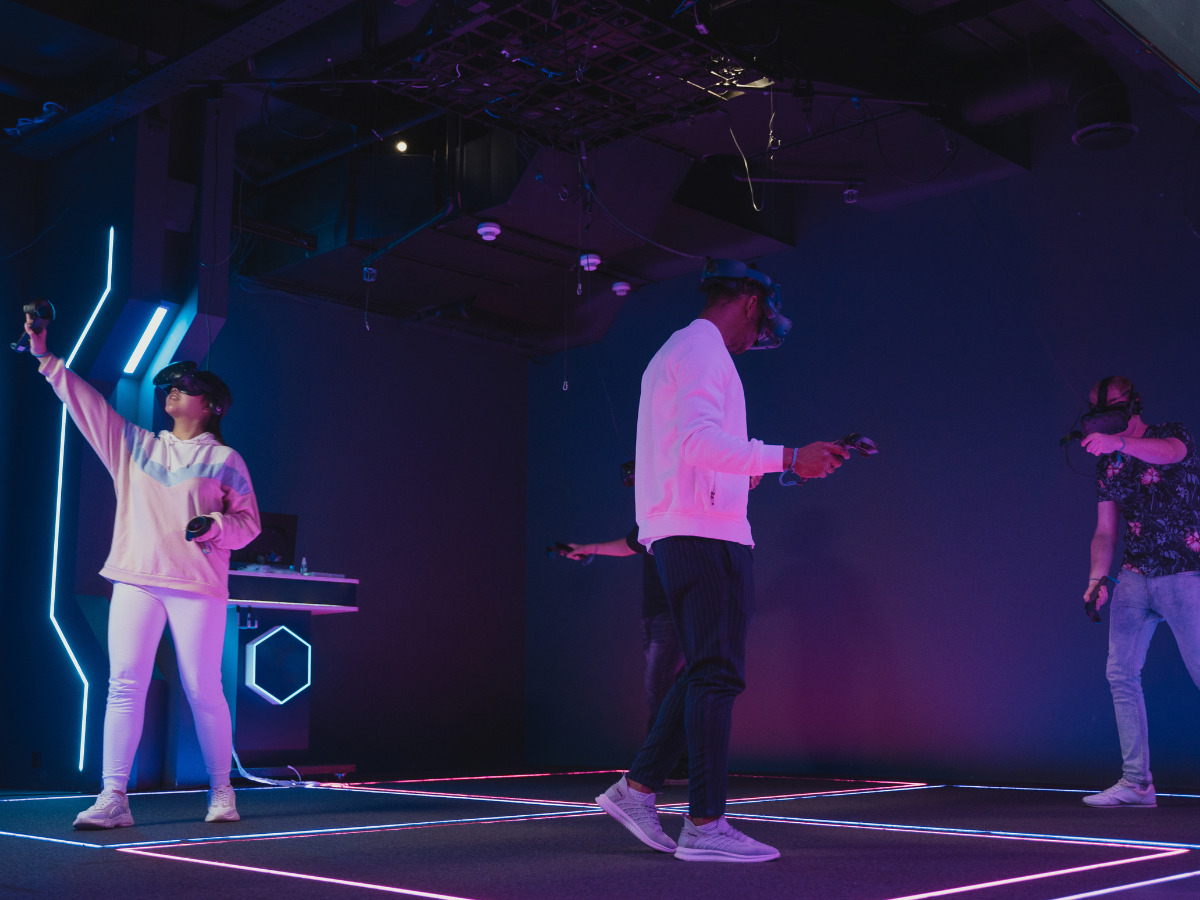The Meta Quest 3 is an upcoming VR device that has generated significant anticipation among enthusiasts. With a potential release announcement slated for the next Connect event on September 27th, let’s dive into the concrete details of what we can expect from this highly anticipated device.
Click here to view our comparison between current Quest headsets.
Priced at $499.99 for the 128GB model, the Quest 3 aims to offer a compelling option for VR enthusiasts. While information about different models is currently unavailable, it is likely that the device will come in various storage sizes upon its launch including a 256GB and 512GB model. Basing this off of the previous Quest 2, these upgrades will add on $50-100 and $100-150 respectively to the base price.
In terms of design, the Quest 3 introduces pancake lenses that minimize warping, resulting in a slimmer and more refined appearance compared to its predecessor, the Quest 2. Furthermore, the display resolution receives a significant boost, offering an impressive 2064×2208 resolution per eye, making visuals approximately 40% clearer than the Quest 2’s resolution of 1832×1920.
The Quest 3 maintains a similar field of view (FoV) to the Quest 2, providing a wide 97-degree horizontal and 93-degree vertical FoV. However, it’s worth noting that the Quest 3 does not incorporate OLED technology, which means it may lack the local dimming and deep blacks associated with OLED displays. Nonetheless, the device is expected to deliver a visually immersive experience.
Tracking and passthrough capabilities receive notable upgrades on the Quest 3. Equipped with six cameras and a depth sensor, the device utilizes color passthrough and tracking technology. Notably, two of the cameras boast 4-megapixel color sensors, ensuring higher passthrough resolution and a more realistic view of the user’s surroundings. According to tests, unlike previous Quests, the passthrough is now good enough to easily view phone and computer screens without taking the headset off. However, it’s important to mention that the Quest 3 does not include face or eye tracking features at this time and is unlikely to be added on.
Under the hood, the Quest 3 packs a more powerful Snapdragon XR2 Gen 2 chip, offering double the processing power of its predecessor. This upgrade promises improved performance and enables more demanding and visually impressive VR experiences. Additionally, the device features enhanced ventilation with a vent that traces the entire edge, ensuring efficient cooling during intense VR sessions.
:max_bytes(150000):strip_icc():format(webp)/meta-quest-3-headset-front-7049bb83fcbd4b51967c79f6d62a372d.png)
While the weight of the Quest 3 remains similar to the Quest 2, it sits closer to the face, providing better weight distribution and improved overall balance. This adjustment aims to enhance comfort, particularly during extended VR sessions. The battery is still built into the front of the device. While counterweights may still be helpful, it may take less weight on the back to offset this new design.
The Quest 3 maintains a swappable headstrap mount, allowing users to customize and personalize their VR experience according to their preferences and head sizes. While we don’t have any confirmation of Meta-provided headstrap options, third party manufacturers will be able to quickly fill this gap. There has not been confirmation that the Quest 2 headstraps are natively compatible at this point.
One of the appealing aspects of the Quest 3 is its backward compatibility with Quest 2 content. This ensures that existing Quest users can continue to enjoy their favorite games and experiences on the latest hardware without any limitations in higher resolution and framerates.
Accompanying the Quest 3 are the new Touch Plus controllers, which incorporate a 3-point HD haptic feedback system. This system enhances the sense of touch and immersion, making interactions within the VR environment feel more realistic and engaging. While the exact battery requirements for the controllers have not been confirmed, they appear to operate on a single AA battery. Meta has also confirmed that the Touch Pro controllers will be compatible as well for those of us who’ve already bought either the controllers or Quest Pro.
I’m eagerly looking forward to the release of the Meta Quest 3 this fall. As someone who appreciates the world of VR, I’m genuinely excited about the potential this device holds. With its improved visuals, enhanced performance, and a range of intriguing new features, the Quest 3 seems poised to offer an exceptional level of immersion and excitement. It’s highly likely that I’ll be among the early adopters, replacing my Quest 2 with this promising, new VR headset.




